With great pleasure, we will explore the intriguing topic related to Calendario 2025 Uma: A Comprehensive Guide. Let’s weave interesting information and offer fresh perspectives to the readers.
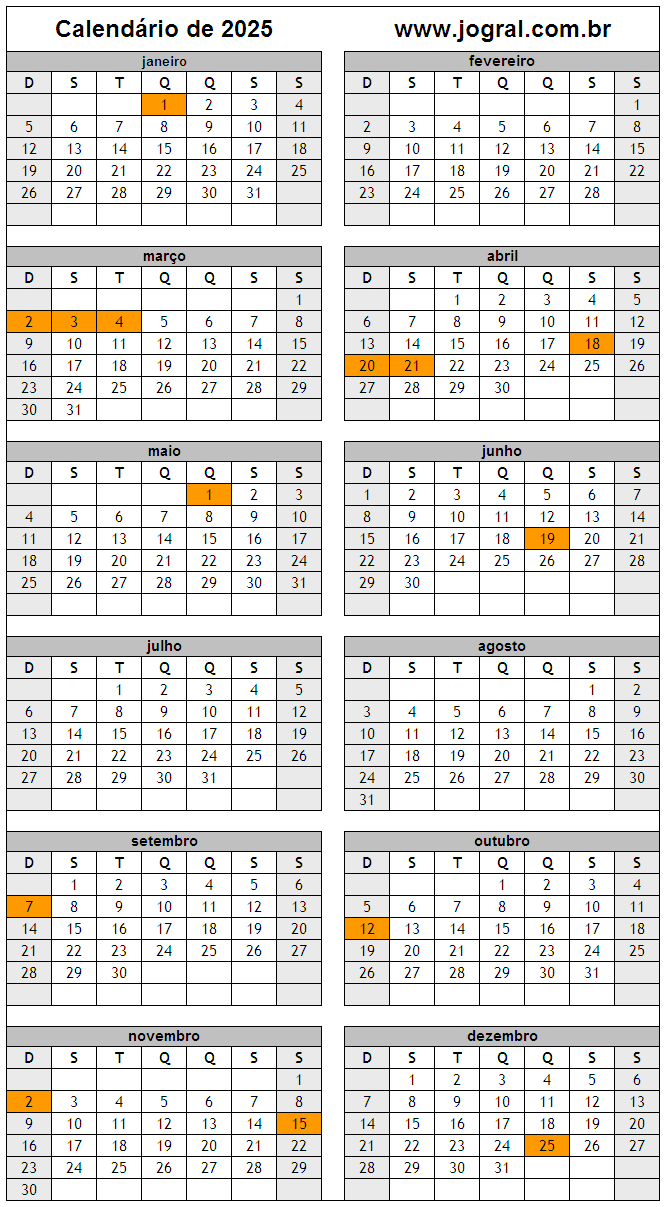


Calendario 2025 Uma, also known as the Uma Calendar, is a traditional Andean calendar that has been used for centuries by the Quechua and Aymara peoples of the Andean region of South America. It is a complex and multifaceted calendar that incorporates astronomical observations, agricultural practices, and religious beliefs. This article provides a comprehensive guide to the Calendario 2025 Uma, including its history, structure, and significance.
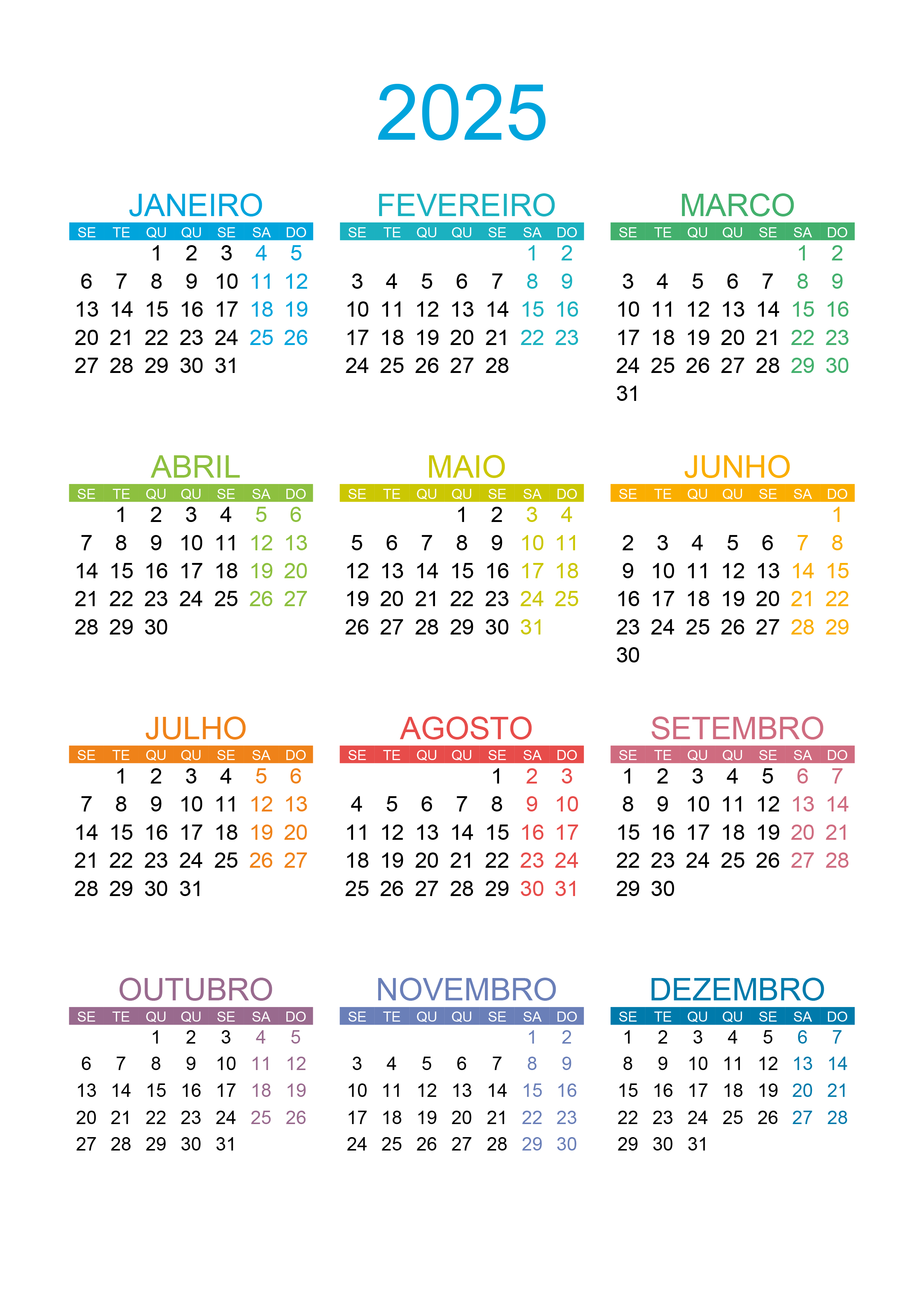
The Calendario 2025 Uma has its origins in the ancient Andean civilization of the Incas. The Incas developed a sophisticated system of astronomy and mathematics, which they used to create a calendar that accurately tracked the solar year and the lunar cycles. The Uma Calendar was first developed in the 16th century by Spanish missionaries who sought to convert the Andean people to Christianity. However, the Uma Calendar quickly became a syncretic calendar that blended elements of both Andean and Christian traditions.
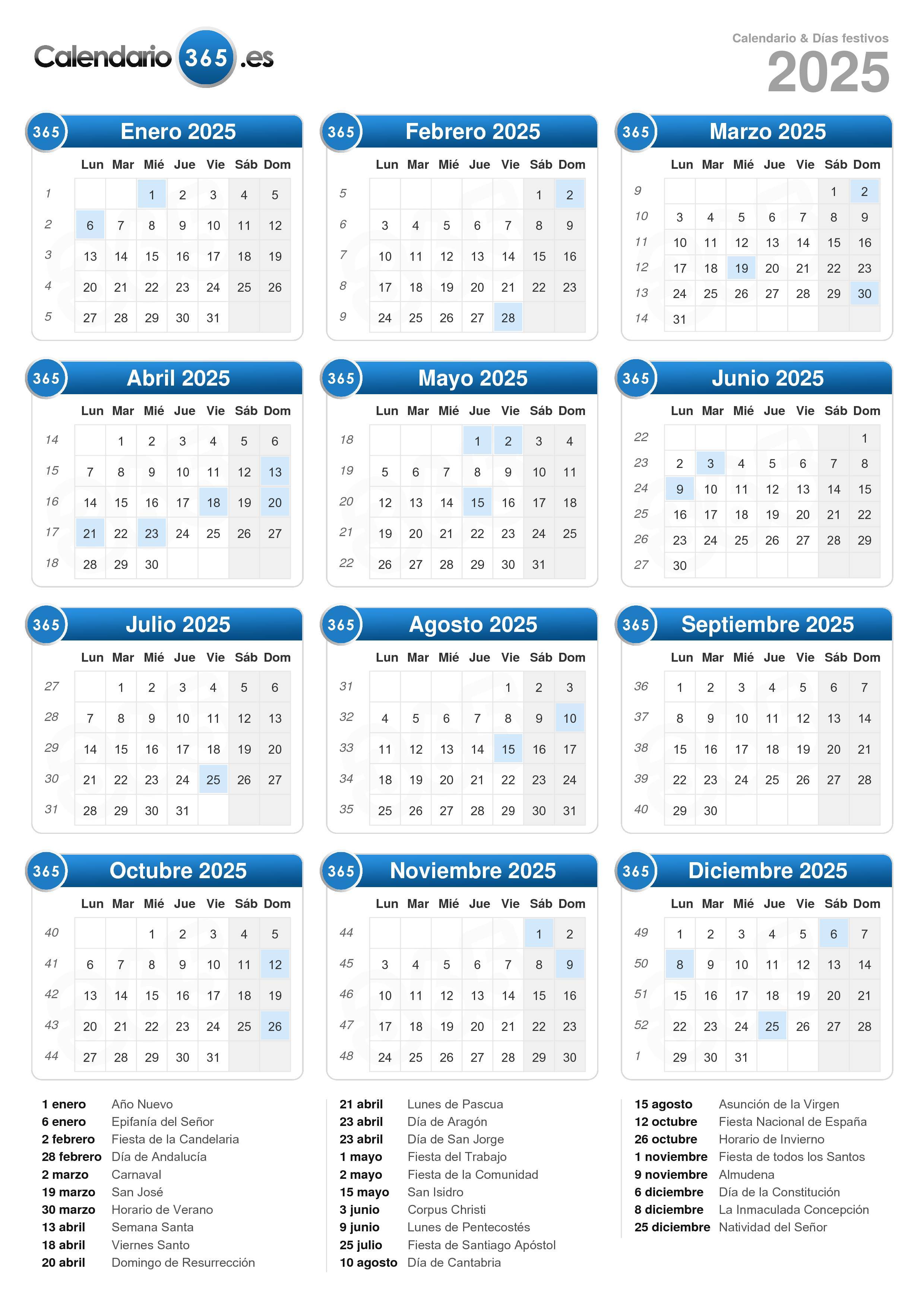
The Calendario 2025 Uma is a solar calendar that is based on the Earth’s orbit around the sun. It consists of 12 months, each of which is 30 days long. The months are named after agricultural activities or religious festivals. In addition to the 12 months, the Uma Calendar also includes a 5-day period at the end of the year known as the "Ñawpaq Wata." The Ñawpaq Wata is a time of reflection and preparation for the coming year.
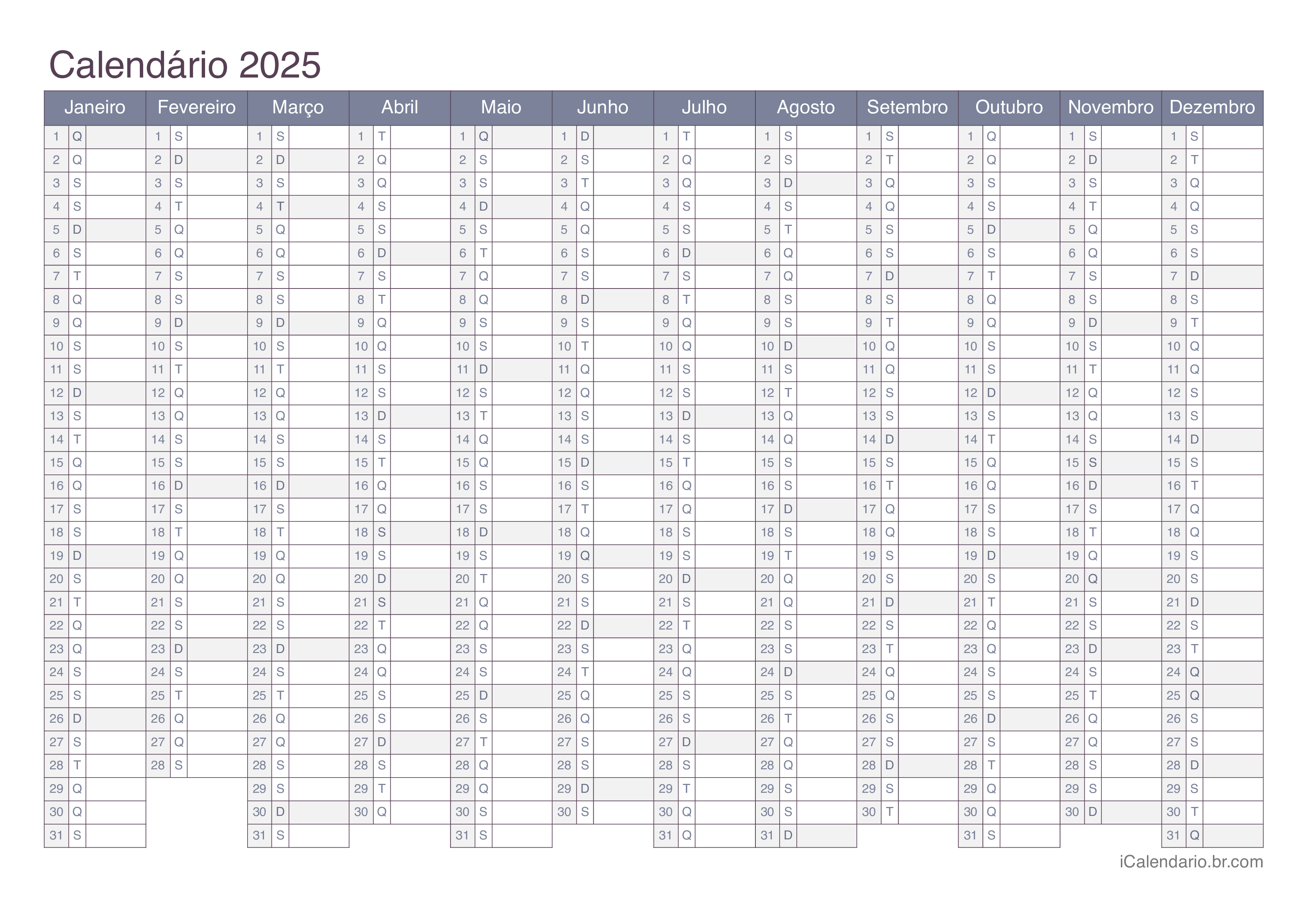
The Ñawpaq Wata is a 5-day period that occurs at the end of the Calendario 2025 Uma. It is a time of reflection and preparation for the coming year. During the Ñawpaq Wata, people clean their homes, make offerings to the gods, and prepare for the upcoming festivals.
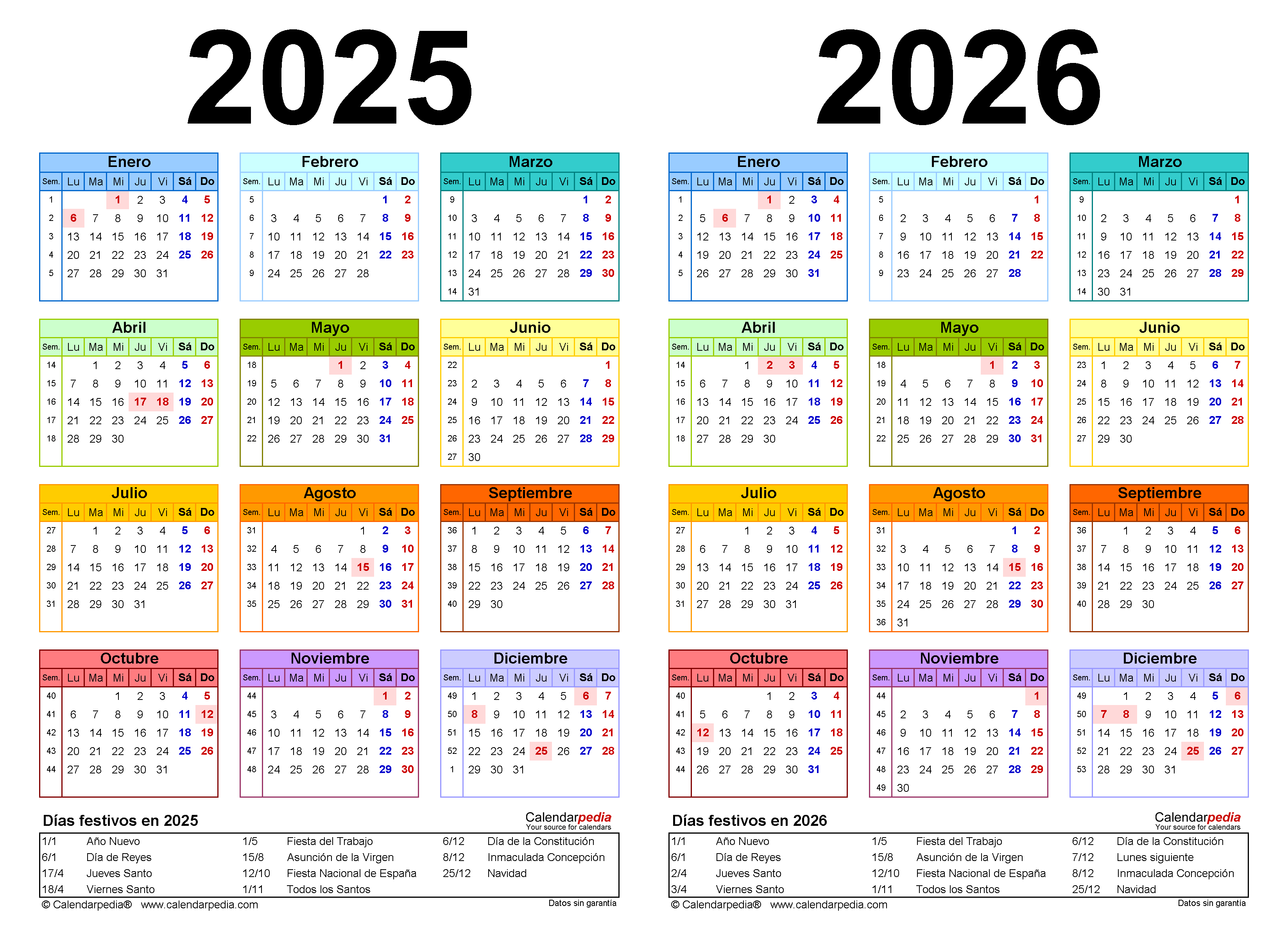
The Calendario 2025 Uma is a vital part of Andean culture. It is used to regulate agricultural activities, religious festivals, and social events. The calendar also plays an important role in Andean cosmology and spirituality. For the Andean people, the calendar is a way of connecting with their ancestors, the natural world, and the divine.
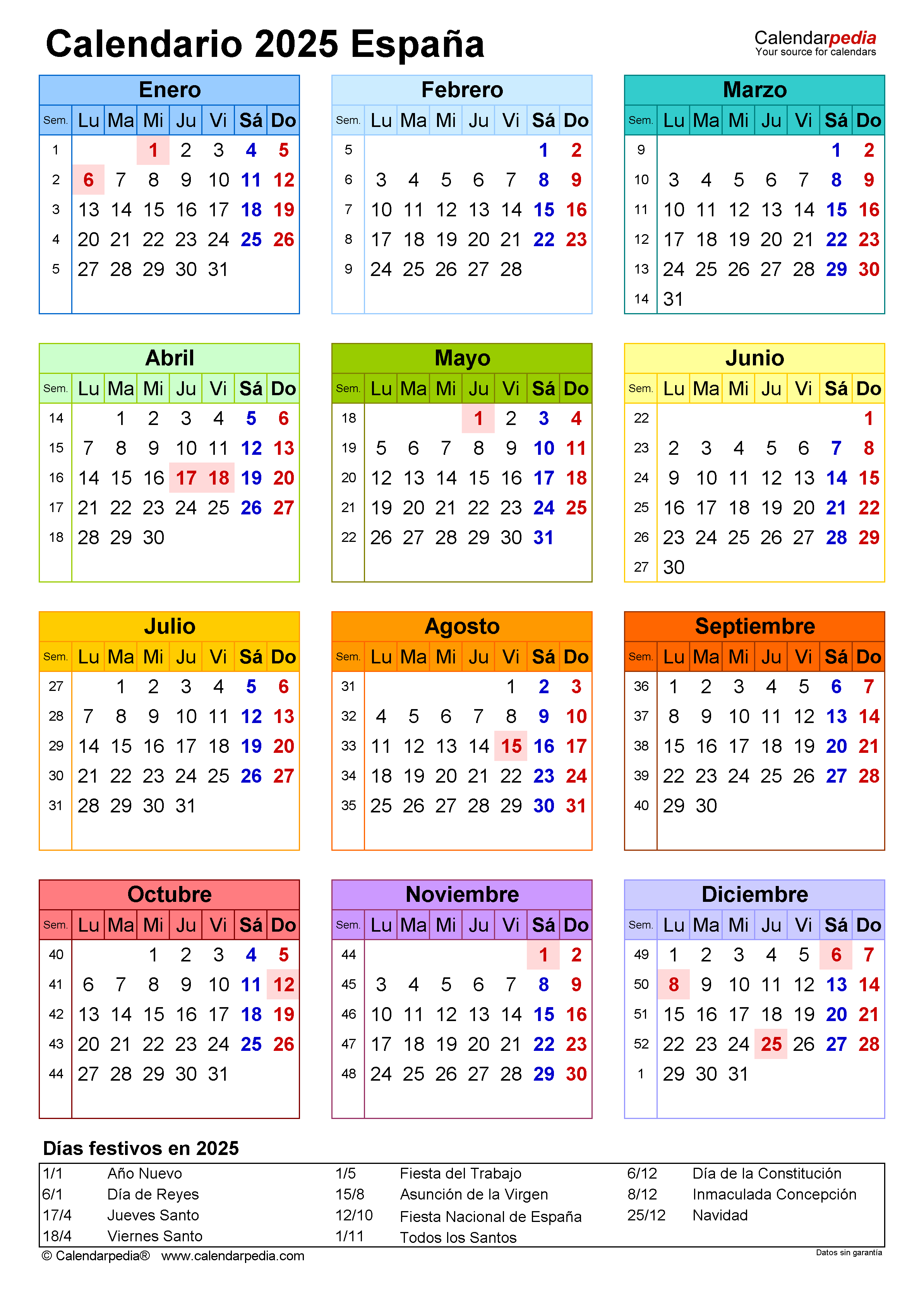
The Calendario 2025 Uma is a complex and multifaceted calendar that has played an important role in Andean culture for centuries. It is a testament to the ingenuity and creativity of the Andean people and their deep connection to the natural world. The Uma Calendar continues to be used today by the Quechua and Aymara peoples of the Andean region, and it remains a vital part of their cultural heritage.
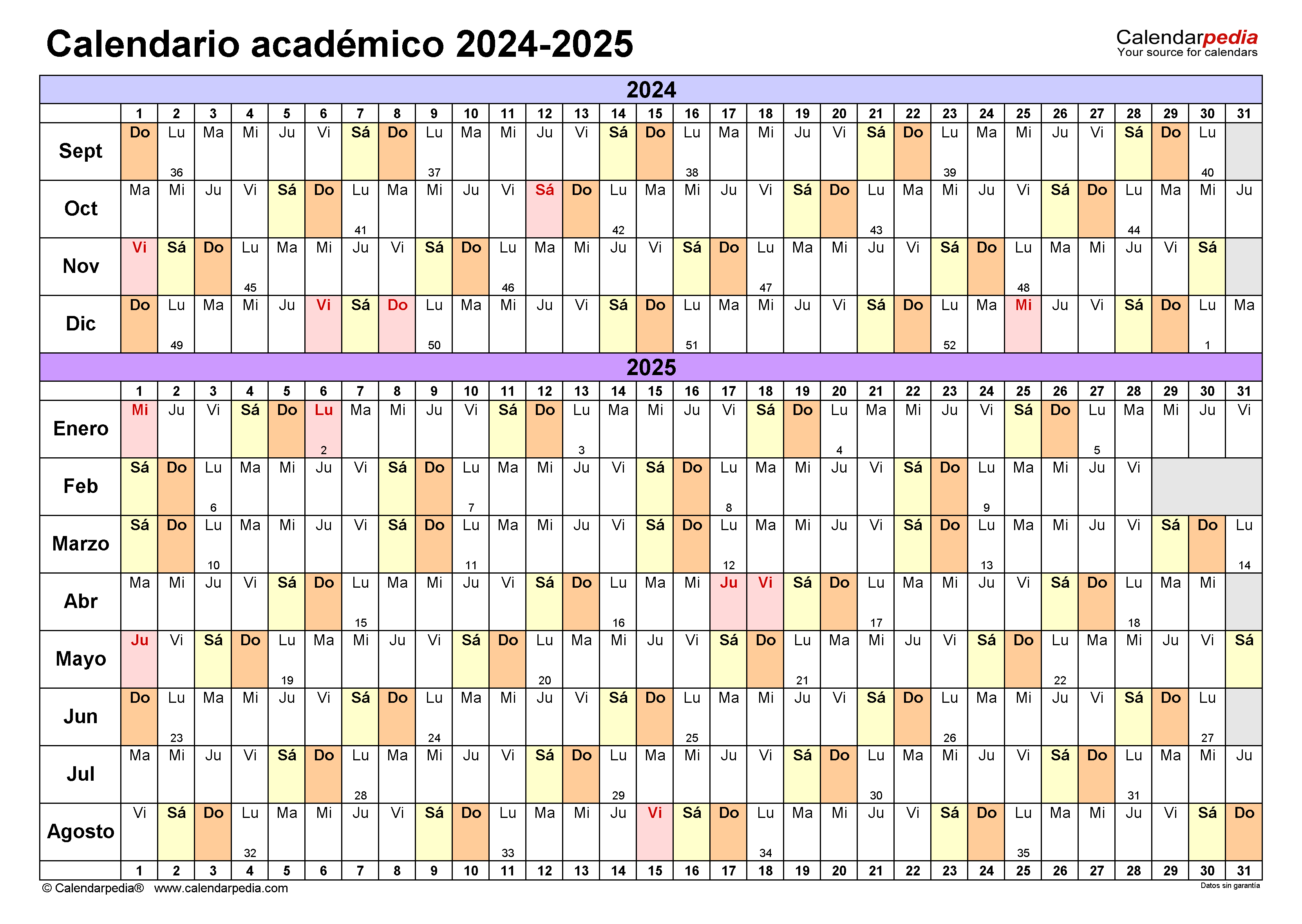







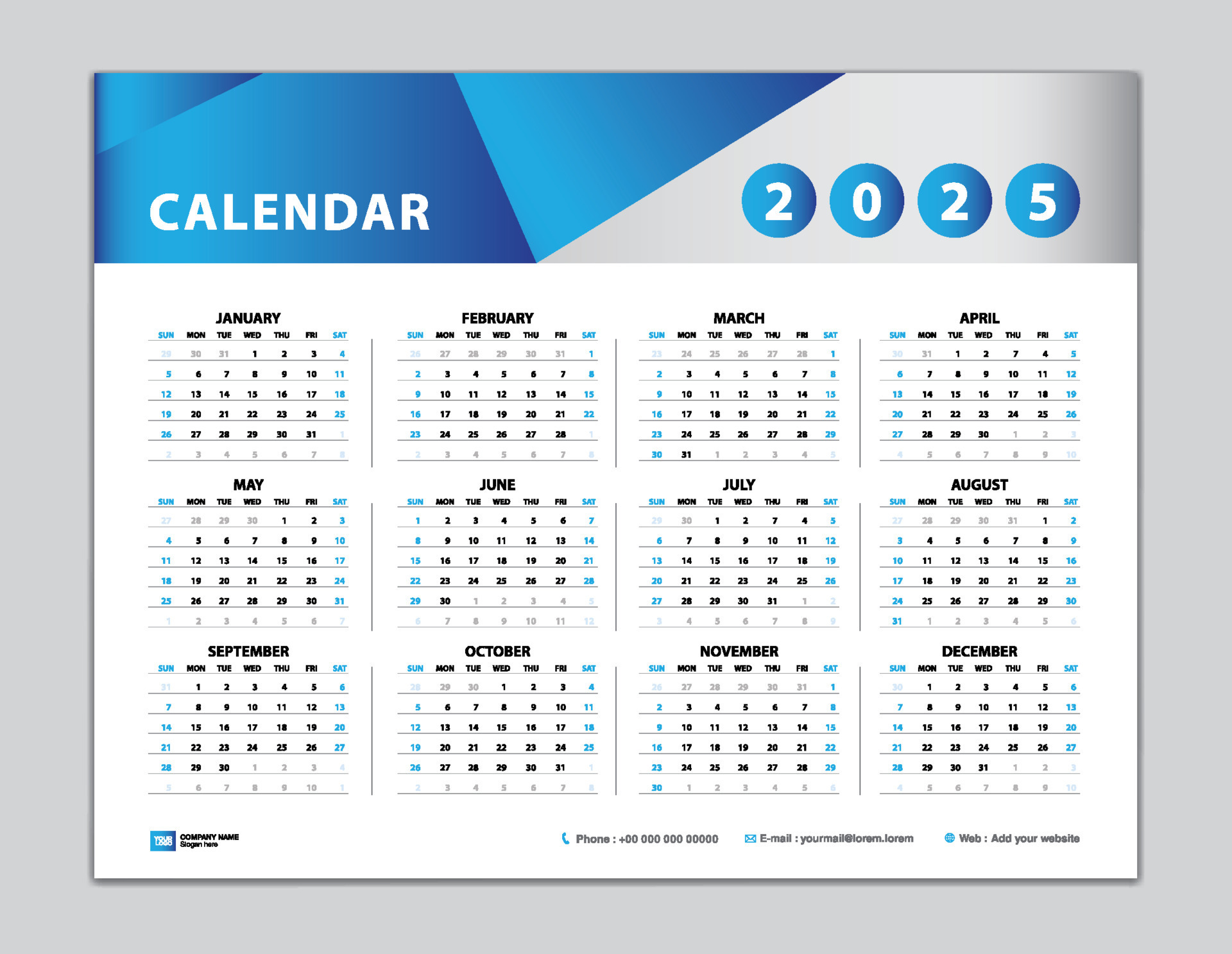

Thus, we hope this article has provided valuable insights into Calendario 2025 Uma: A Comprehensive Guide. We hope you find this article informative and beneficial. See you in our next article!